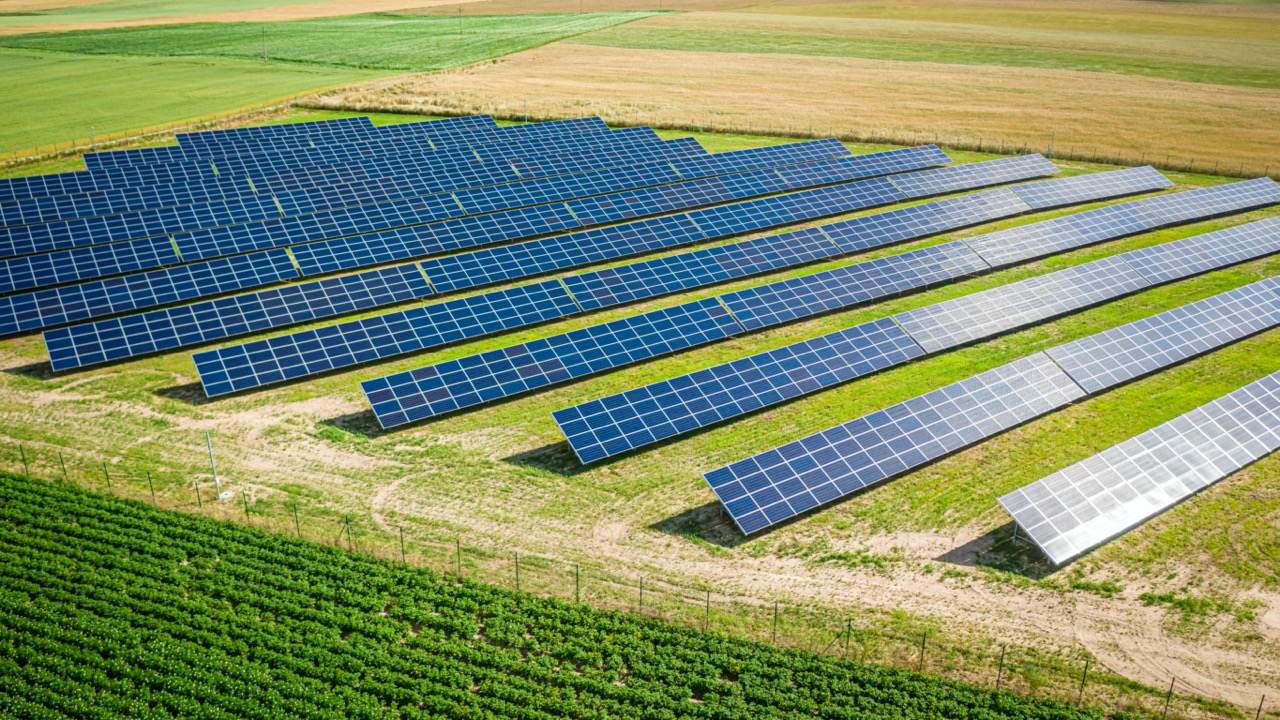Both Albemarle and Charlottesville have pledged to be fossil fuel free by 2050. But how will the county balance a need to allow for more electricity through solar fields with a long tradition of preserving rural land?
“A good rule of thumb is … generally seven to 10 acres per megawatt, in terms of a site development standard,” says Michael Zehner of the Berkley Group, a firm hired by Albemarle County to develop standards to regulate future solar projects.
In April, county supervisors approved the 138-megawatt Woodridge Solar project in southern Albemarle, which came with buffers and other conditions to limit the impact on the land. The panels will be installed on about 650 acres.
The prospect of new applications for utility-scale solar fields prompted supervisors to want more precise rules in place. Legislation that passed the Virginia General Assembly in 2020 mandates that Dominion Energy and American Electric Power produce all of their power from renewable sources by the middle of the century. Zehner says that will require 16,100 megawatts to come from either solar or off-shore wind.
“National interests and state policies manifest themselves locally,” he says.
Zehner says solar sites don’t compete with residential development, but they do come with the intense impacts of an industrial use. They can reduce the ability for wildlife to move around, can change the topography, affect soil conditions, and remove forests.
Solar projects also have a finite lifespan, and “there is the presence of toxic materials in panels,” Zehner says. “We do suggest that there be management of damaged panels and the end of life of materials, and that there be practices for storage of damaged panels and removal of damaged panels.”
Localities typically receive higher real property taxes on land under solar panels, and there is also the option of revenue-sharing through something called a “siting agreement.” Zehner says some localities are also setting maximum total coverage for their entire geographic jurisdiction.
“Ultimately, it is really the energy that’s coming off of these that matters, and we need to sort of focus on what we’re trying to get,” says Albemarle Supervisor Jim Andrews.
Supervisor Donna Price says she needs to better know where existing high-power transmission lines are in the county to understand where siting of utility-scale solar projects might work best. Price says she supported the Woodridge Solar project for a few reasons: the buffers involved, the preservation of undeveloped land, and because it would generate enough electricity to power half of the county’s homes. She added that she would support at least one more site as large as Woodridge Solar, but not many more.
“I’m much more interested in putting solar on tops of buildings and things like that to avoid the deterioration of our rural area,” Price says.
Nancy Koenig of Scottsville has recently learned of a commercial solar project that may soon be built on 500 acres next to her sheep farm. “These 500 acres are currently under agricultural use for rye and corn,” she says. “Solar farming is an inefficient use of prime farmland. We don’t want to degrade [the production of] our own food in our own country.”
